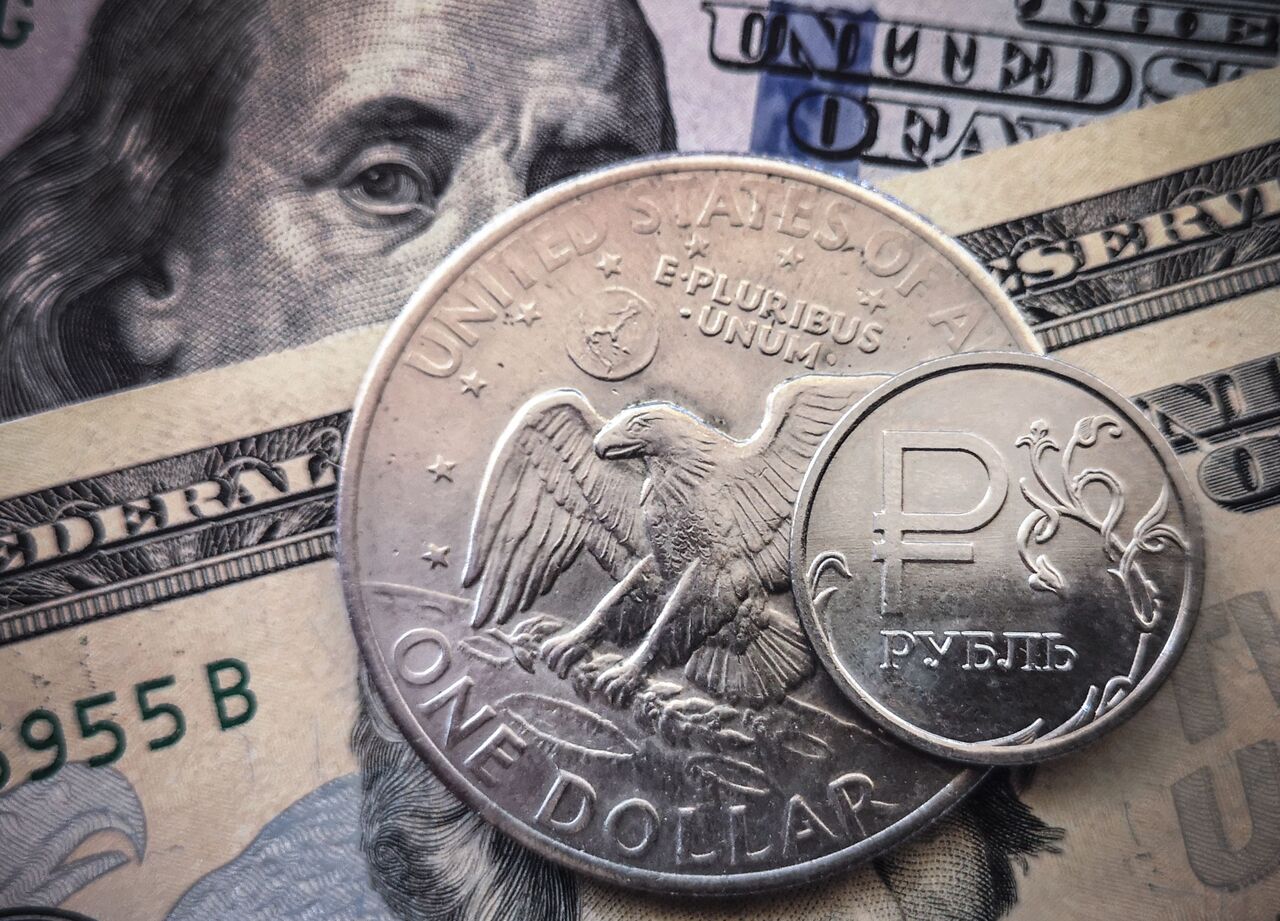Radio silence on Russia debt payments keeps default risk in play
Sign up now: Get ST's newsletters delivered to your inbox

Bondholders weren't aware if payments were made in either US dollars or roubles into accounts in Russia.
PHOTO: AFP
Follow topic:
NEW YORK (BLOOMBERG) - As the deadline for coupon payments on Russia's dollar bonds drew to a close on Wednesday (March 16), there were no signs that holders of the debt had received their cash.
Bond holders in Europe and one in the United States said they had not received cash in dollars at the close of business in their respective countries, and were not aware if payments were made in either US dollars or roubles into accounts in Russia. They declined to be identified because they are not authorised to discuss the matter publicly.
The US$117 million (S$159 million) interest on the two bonds was expected to be settled before the end of the day in New York.
Starting Thursday, the nation has a grace period of 30 days to pay off the coupons in dollars before creditors can determine a default has occurred. If that happens, it will be the nation's first on foreign currency bonds since the Bolsheviks refused to service or recognise the czar's debts over a century ago. In 1998, Russia defaulted on local currency debt and declared a moratorium on payments for its foreign currency bonds.
How the nation handles the coupon payments is a critical indicator of the way it intends to manage its relationship with global investors in the future. Not only has it seen its ties with business and political partners disintegrate in the weeks since its invasion of Ukraine, it has also lost its investment-grade ratings and become the world's most-sanctioned nation.
"The situation remains fluid for now, as has been the case since sanctions have been coming through," said Mr Antoine Lesne, head of ETF strategy and research for State Street's SPDR, which holds the bonds.
Russian Finance Minister Anton Siluanov reiterated on Wednesday that there is a risk the transfer in greenbacks will not go through. Russia has sent the instruction for the payment to the US bank that normally handles the transactions, but the ministry has not received either a rejection or a confirmation, he was cited as saying by the RIA Novosti news service. If the transfer fails, then the payment will be made in roubles, he said earlier this week.
To be clear, US sanctions do not prohibit Russia from servicing US dollar bonds, at least until May, according to a Treasury spokesman.
Mr Siluanov has repeatedly warned that without access to its foreign reserves, Russia will make the payment in roubles, outlining a process that involves transferring the cash into local accounts. Fitch Ratings said on Tuesday that making a settlement in any currency other than the dollar within the 30-day grace period would be considered a default. S&P Global Ratings made a similar statement earlier this month.
Russia's total reserves are about US$640 billion, but it cannot access about US$300 billion, according to Mr Siluanov. Data published in January shows that US$100 billion of the reserves were held in US dollars as at June last year, which was 16.4 per cent of the total cash pile at that time. Holdings in euros were 32.2 per cent and those in yuan were at 13.1 per cent at the end of June.
No fallback
It is unclear if or when a payment in dollars would be blocked. If it is, and Russia settles the coupons in roubles, that would be particularly problematic for these two securities, because neither of them have rouble fallback options that would have allowed settlements in the local currency. Some of Russia's Eurobonds have that option.
"We think Russia will be in the isolated wilderness for a long time to come," said BlueBay Asset Management chief investment officer Mark Dowding. "A regime change in Russia is probably a pre-requisite for reinvestment for many, along with lifting of sanctions."

